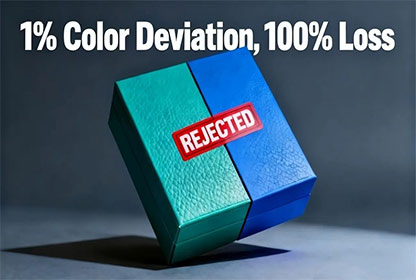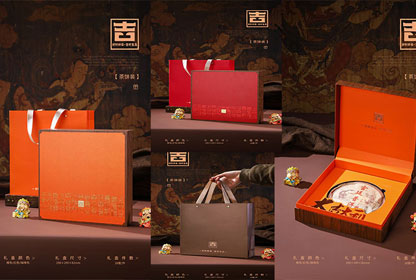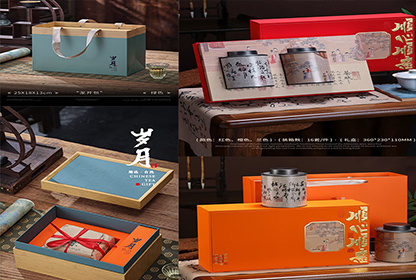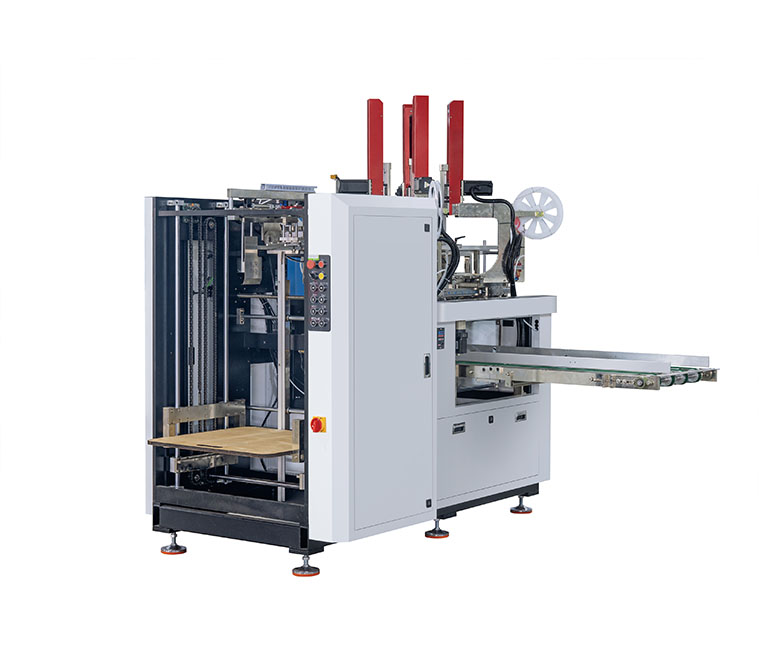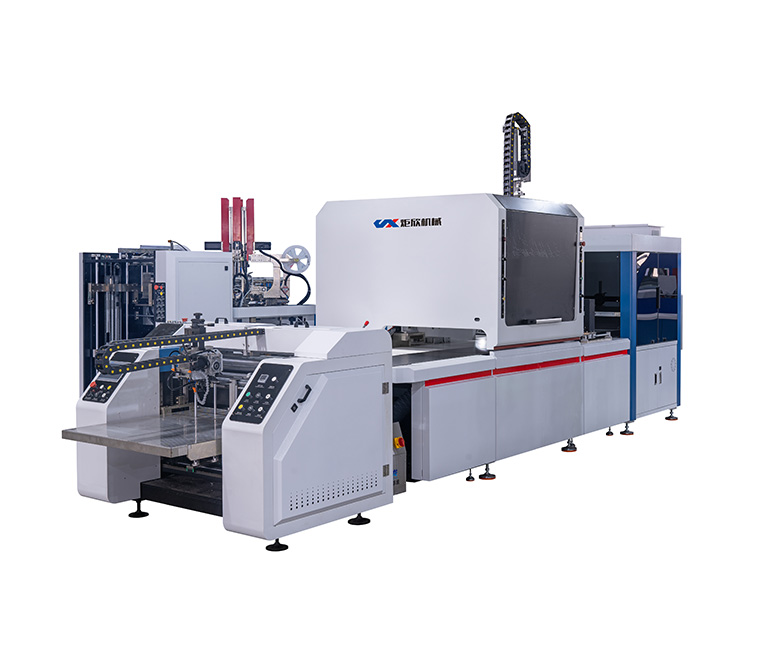Functional Requirements for Gift Box Packaging: More Than Just Aesthetics
 Jun 14,2025
Jun 14,2025In today's consumer market, gift box packaging has long transcended its original function of simply wrapping items. It now serves numerous important purposes, becoming an indispensable component of product marketing and brand promotion. From its basic function of protecting products to its advanced roles in attracting consumers and conveying brand culture, the functional requirements for gift box packaging span multiple dimensions.
Protective Function: The “Safety Guardian” of Products
Protecting products is the most fundamental function of gift box packaging. During the long journey from manufacturers to consumers, products face various potential risks such as vibration, compression, collision, moisture, and oxidation. High-quality gift box packaging must act like a loyal guardian, providing comprehensive protection against these risks. In terms of physical protection, selecting materials of appropriate strength is crucial. For example, for fragile glassware or electronic products, gift box shells are typically made from thick cardboard, corrugated paper, or wooden materials, leveraging their excellent compression resistance to prevent damage from external pressure during transportation. Internally, cushioning materials such as foam plastic, sponge, or bubble wrap are used to effectively absorb vibrations and impacts, minimizing harm to the product. For high-end wine gift boxes, custom foam liners are often used to precisely fit the shape of the wine bottles, providing stable and comprehensive protection. From a chemical protection perspective, gift boxes for products prone to oxidation, moisture absorption, or spoilage must have corresponding barrier properties. Food gift boxes often use moisture-proof paper, aluminum foil composite film, and other materials to block moisture and oxygen in the air, extending the shelf life of the food and ensuring that consumers receive fresh products. Some cosmetic gift boxes use packaging materials with leak-proof functions to prevent cosmetics from leaking during storage and transportation, ensuring product quality remains unaffected.
Display Function: A “Stage” to Capture Attention
Gift box packaging is a crucial tool for attracting consumer attention, serving as the “stage” for product display. On shelves filled with a variety of products, how to make one's own product stand out and become the focal point of consumer attention is where the display function of gift box packaging plays a vital role. In terms of color coordination, it should be eye-catching yet harmonious. Different colors carry distinct emotional symbolism and visual impact. For example, red symbolizes joy and good fortune in Chinese culture and is commonly used for gift packaging during festivals like the Spring Festival or weddings, instantly creating a lively atmosphere to capture consumers' attention. Blue, on the other hand, conveys a sense of calmness and professionalism, making it suitable for packaging high-end electronic products or business gifts. Color combinations must align with the product's characteristics and target audience, using bold yet harmonious color schemes to stimulate consumers' visual senses and spark their interest. Pattern and shape design are equally indispensable. Unique, creative patterns can tell the product's story and convey the brand's philosophy. Some regional specialty gift boxes feature local landmarks or traditional craft patterns on their packaging, not only enhancing the product's cultural depth but also allowing consumers to instantly recognize its uniqueness. In terms of shape, breaking away from traditional square or round designs and adopting unconventional shapes, such as animal or architectural forms, can significantly enhance the gift box's appeal and distinctiveness. Some chocolate gift boxes are designed in the shape of elegant castles, and opening the box feels like embarking on a magical adventure, bringing consumers surprise and joy, thereby enhancing the product's appeal.
Convenience features: a thoughtful “life assistant”
Gift box packaging should consider the convenience of consumers at every stage, serving as a thoughtful “life assistant.” From a storage perspective, reasonable dimensions and structural design can save space. For larger gifts, such as bedding or large toys, gift box packaging can be designed with foldable or separable structures, making it convenient for consumers to store them when not in use. Some mooncake gift boxes use a layered design, which not only facilitates the placement of different flavors of mooncakes but also reduces the space occupied when storing them. In terms of portability, considering that consumers may need to carry gifts while traveling, gift box packaging should have good portability. Reasonably designed handles or straps allow consumers to carry them easily. Some high-end wine gift boxes come with sturdy and comfortable leather handles, which not only enhance the quality of the gift box but also make it convenient for consumers to carry when visiting friends and relatives. The position and load-bearing capacity of the handles also need to be carefully designed to ensure that they do not fall off or break during transportation. The opening method also affects usability. Complex, difficult-to-open packaging can frustrate consumers, while simple, convenient, and fun opening mechanisms enhance the consumer experience. Some cosmetic gift boxes use magnetic closure mechanisms, allowing them to be opened with a simple press, combining convenience with a touch of technology; some children's gift boxes are designed as puzzles or games, requiring children to complete certain tasks to open the box, adding interactivity and fun.
Information transmission function: a silent “salesperson”
Gift box packaging also serves as an important medium for conveying product information and brand culture, acting like a silent “salesperson.” Clearly and accurately conveying the product's basic information is the top priority. Product name, specifications, ingredients, usage instructions, expiration date, and other information must be clearly displayed on the packaging, allowing consumers to quickly understand the product's key details and make purchasing decisions. For food gift boxes, detailed labeling of ingredients, flavors, production dates, and shelf life ensures consumer confidence; for pharmaceutical gift boxes, clear instructions on usage and dosage directly impact consumer health and safety. Packaging also carries the mission of disseminating brand culture. Brand logos, brand philosophies, and brand stories are conveyed through packaging design, deepening consumers' understanding and identification with the brand. Some brands with a long history incorporate traditional elements and classic design styles into their gift box packaging to convey the brand's heritage and depth; emerging brands, on the other hand, adopt fashionable and trendy design approaches to showcase the brand's innovation and vitality. The brand's color palette, typography, and other visual elements are also consistently presented on the packaging to reinforce the brand image, enabling consumers to immediately associate the packaging with the brand's values and product characteristics upon first sight.
The functional requirements of gift box packaging form a comprehensive system. Protective functionality serves as the foundation, display functionality acts as a tool to attract consumers, convenience functionality enhances the consumer experience, and information transmission functionality bridges the communication gap between the product and consumers. Only by fully considering and meeting these functional requirements during the design process can packaging be created that is both practical and competitive in the market, helping products stand out in intense market competition and achieving dual enhancements in commercial value and brand value.

